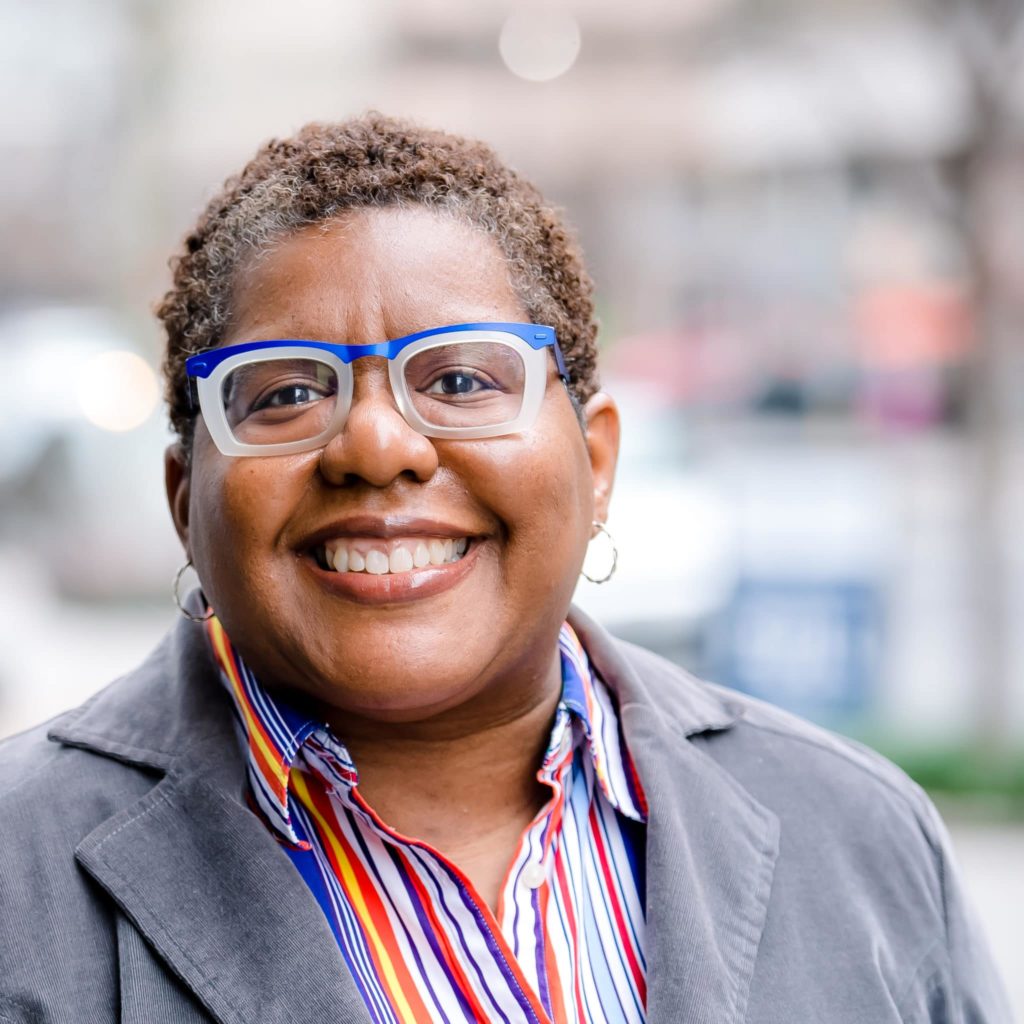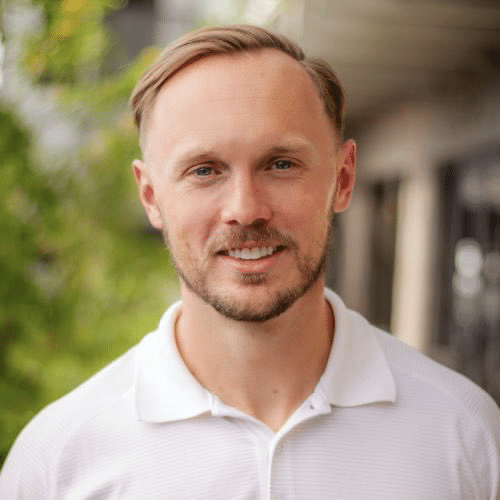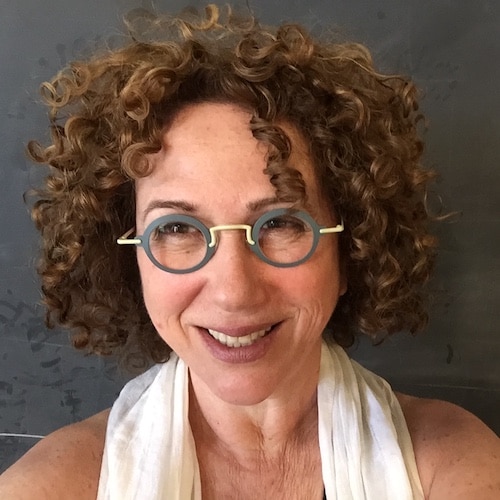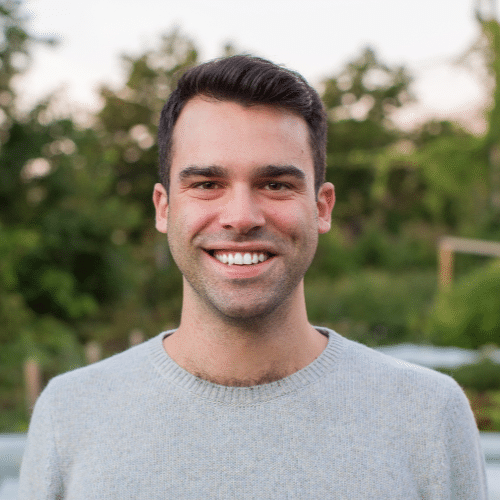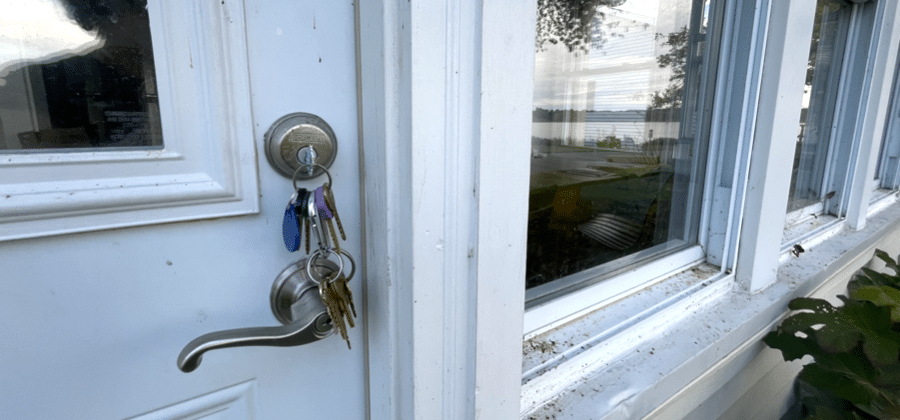
The internet is bringing a fundamental transformation to the real estate industry. It’s a digital revolution, democratizing and streamlining activities that were once quite complicated and time-consuming, putting them out of the reach of most people. Many investors have wanted the stability of a real estate investment, but do not have the time or wherewithal to purchase, redevelop or manage a property. Or they might be interested in investing in a market that is geographically out of their reach. The internet is providing solutions for many of these problems.
Turnkey properties remain a popular first-time real estate investment. A turnkey property is one where no work is required – you can literally turn the key in the door and it’s liveable. The advantages of turnkey properties are attractive to new investors and to those who have busy lives. There’s no heavy lifting to get the finished product, and the property produces income from day one. Acquiring debt on an already renovated property is also much easier for investors – the banker can see the finished product and is more likely to make a loan.
Many investors use turnkey providers. Turnkey providers buy properties that need renovation, invest their own money into renovating, install a property manager and a quality tenant and then sell to an investor. The provider has a vested interest in finding good tenants who pay rent on time and take care of the property because they want to offer quality properties and tenants to investor clients and make a reasonable profit as well. For the investor the quality of renovations, the location of the property and the quality of tenant are all important factors.
Andrew Luong has taken the model of turnkey provider one step further. He, and partner Justin, founded Doorvest, an online turnkey property service, in March 2020, right at the beginning of the pandemic. They have not only made the process of small-scale real estate investment accessible to everyone, but their track record allows them to purchase and renovate properties in affordable markets, in neighborhoods that bankers don’t traditionally like. Doorvest is just a startup but they are confident that they will be successful. They want to level the playing field for wealth building so that everyone can participate in America’s number one source of wealth within a matter of clicks.
Image by Eve Picker

